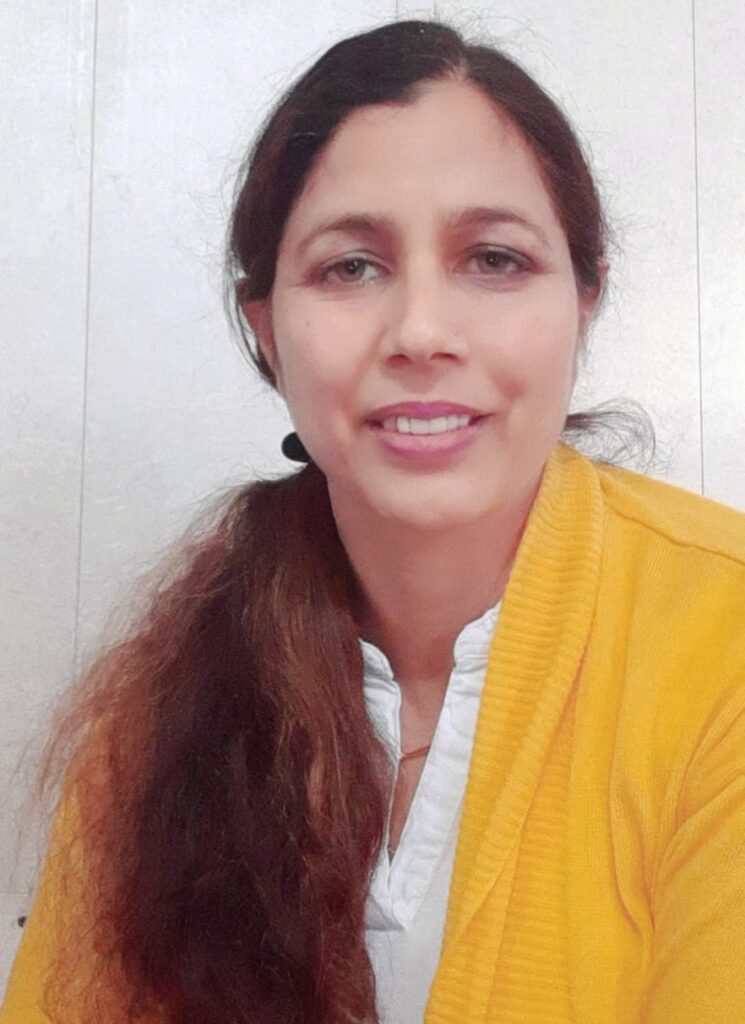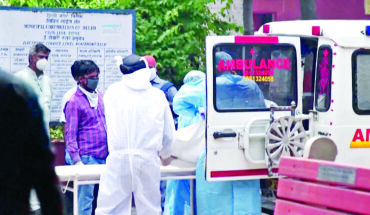
With the advent of globalisation and liberalisation, many parts of India including Haryana have experienced rapid growth of urbanization and industrialization has given rise to urbanism in Haryana. Haryana is number 3rd in ease of doing business and has also been ranked third at the national level for its remarkable performance in industries and MSMEs. Savitri Jindal who is Asia’s richest woman belongs to Haryana. The glory of Haryana is also visible in the commonwealth games and the role of Haryana was exclusive, especially for women players.
But still, Haryana’s economic development sits uneasily with the regressive social and gender attitudes of its all-powerful khap panchayats. The largely agrarian society is against the act of increasing the age of marriage and the Succession Act of 1956. The recent series of violent crimes against women and aggressive statements on lowering the marriage age align with this anti-women attitude.
Khaps are largely believed to be started by upper caste jats in the fourteenth century, to consolidate their power and position. Each clan has a hereditary headman called a Chaudhry. However, some of the jat clans have called this position secretary. The clan head man is also the head man of the khap council, which is an institution which claims sovereignty over a particular area, either in the name of the clan or the gotra which is dominant in that area or by the name of the geographical area. There are social-political groups, which usually comprise the upper caste and elderly men who are united by geography and caste. Hence, Khap is a term for a social-political grouping and is used in a cast and geographical sense. Khap was a system of social administration and organization in the republics of North-western states like Haryana, Uttar Pradesh and Rajasthan in India since ancient times. It is commonly believed that they came into existence sometime around 600 AD. It is believed to have been started by the upper caste ‘Jats’ to consolidate their power and position in the community.
No doubt, the role of Khap Panchayats has been remarkably appreciated by scholars. The ‘Khap Panchayats’ have been rising socioeconomic and political issues from time to time. The pressing problems which include prevention of drinking habits among the villagers, female foeticide problem, brahambhoj on death and dowry system in the villages are some of the vital issues raised by the Khap Panchayats. To put check on the dowry system, a vital role played by the ‘Khap Panchayats’ a conference was held in the year 1950 at the village Beri in the Jhajjar district, where the rules framed by the ‘Khap Panchayats’ were to be followed by everyone, irrespective any caste, creed and religion. Similarly, from time to time various khaps put check on the menace of drinking and gambling. The special role of Khaps has been seen during COVID-19 when the Khaps banned the entry of outsiders into villages.
Khaps are nonelected as well as has no legal existence. They are based on gotra/s and or caste systems and work like a joint family system. Traditionally khaps were engaged primarily in dispute resolution and in regulating the behaviour of individuals or groups, especially in rural North India. But lately, these bodies are notorious for their diktats and regressive practices that are targeting youth, especially girls who do not follow their outdated feudal and patriarchal ideology.
In India especially in Haryana, Punjab, Rajasthan and UP among others a marriage in the same gotra, in the same village and neighbouring village (as it forms part of ‘bhaichara’) is a taboo. Anyone daring to break these taboos is simply inviting the ‘Hookah pani band’ (ex-communication). According to certain communities marriage within the same gotra and the three generations of the mother’s gotra is completely prohibited. A khap panchayat imposes its writ through a combination of social boycotts, fines and, in some cases, either killing or forcing the victims to commit suicide. The northern state of Haryana has seen the most extreme cases of gendered ‘honour’ killings, though other states, such as Uttar Pradesh and Punjab, have also witnessed similar incidences. Haryana is second in the country in high per capita income but lowest in gender equality and sex ratio, the highest female foeticide, female infanticide and, more recently, khap authorised killings. According to khaps marrying within the same gotras gives rise to various serious ailments and children will be wiser if gotra prohibition is followed. As per survey, 77% of the respondents do not support same gotra marriages. The survey was carried out in Chandigarh, Rohtak, Jind, Bhiwani and Kurukshetra. Surprisingly, even in Chandigarh, 65% of the respondents have opposed same-gotra marriages.
Haryana’s story of economic development has not translated into corresponding gains in the social sphere with its people continuing to be subjected to traditional institutions and their regressive practices. This paradox in the state is indicative of how development can sometimes be misleading. if it does not change unjust cultural thought and practices. Despite constitutional provisions and safeguards to protect the rights of women by ensuring equality of opportunity and building a gender-just society, the state has the dubious distinction of the growing incidence of rapes/gang rapes, eve-teasing, molestation, abduction, rampant foeticide, child marriages, honour killings, diktats by khaps, violence against girls in natal families on the choice of their marriage partners and property issues, etc. In the state of Haryana, the women’s work participation rate is lowest at only 17%. Although the sex ratio has improved in Haryana the sex ratio at birth for children (0-5) is showing signs of skewed sex ratio and unfolding the desire and preference for a male child in Haryana. Even in distt. Where the literacy rate is high still the sex ratio is decreasing among (0-5) children according to NFSH-5. Similar differences also exist in women’s time allocation to paid and unpaid work. Haryana is the most unequal among the Indian states with men aged between 15-59 spend just 15 minutes on unpaid housework every day while women of the same age do 269 minutes of unpaid housework. The role of Khaps cannot be neglected for the degradable conditions of women in Haryana. Khaps are undemocratic in structure and functioning and they have ‘no elected principle.’ They override any notion of gender equality or gender empowerment.
The khap panchayat diktats are increasing especially against young couples either in the name of the same gotra or invoking some other code of conduct in the name of Bhai Chara. Because of the widespread prevalence of patriarchy and casteism, and the low social status of women in Haryana, rural society in the state is widely perceived as one of the most regressive in India. Several incidents in the past years have reinforced this image. The honour killings such as Nidhi-Dharmendra (2013), Ved Pal Mor (2009), ManojBabli (2007) etc are not only fuelled but also glorified by these unconstitutional institutions.
Dr Harvinder Kaur, Associate Professor In Economics from Ambala, views are personal




